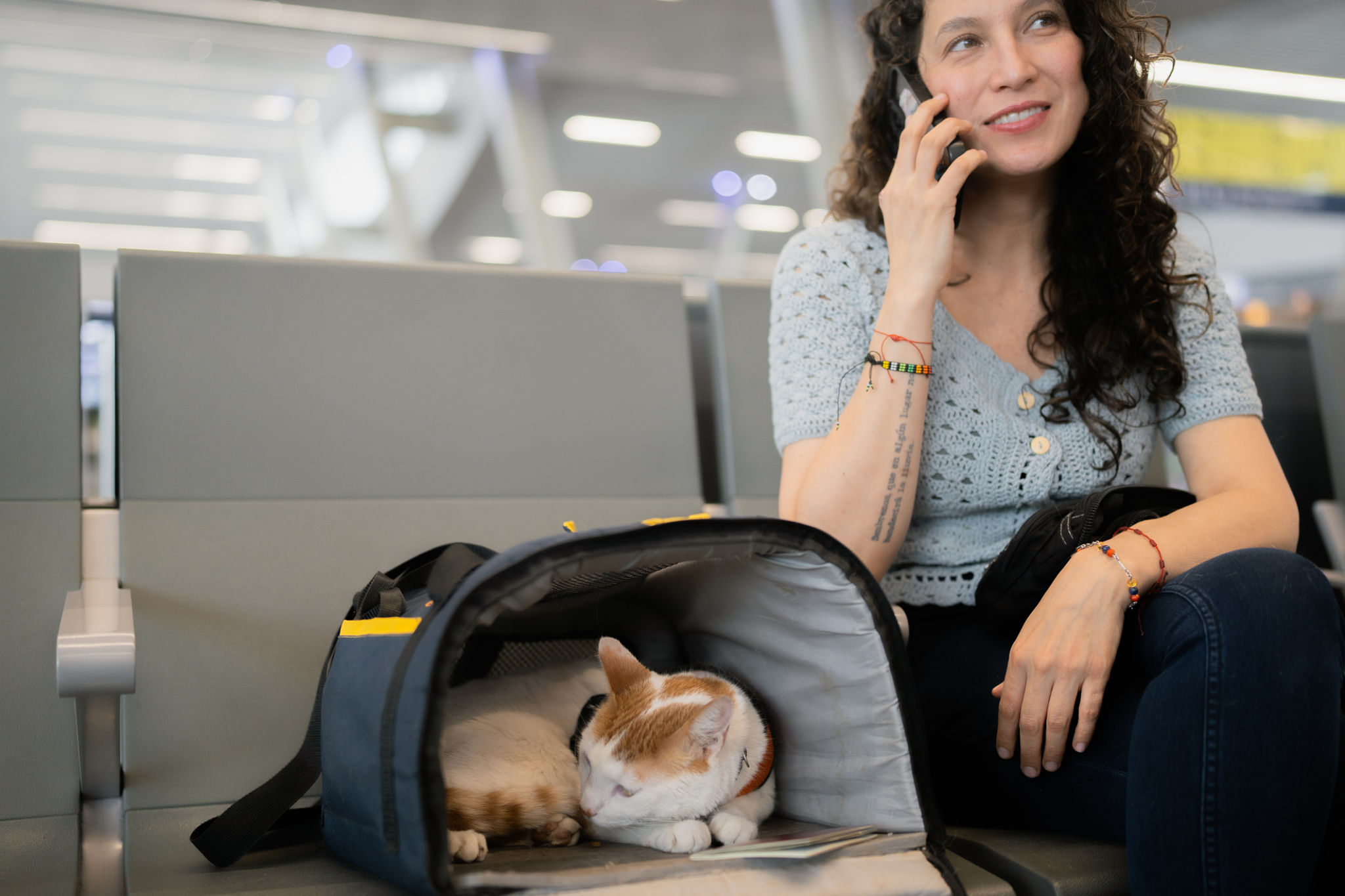How to Choose the Right Crate Size for Your Pet's Air Travel
Understanding Airline Requirements
When planning air travel with your pet, choosing the right crate size is crucial for their comfort and safety. Before you start shopping for a crate, it's essential to understand the specific requirements set by the airline you'll be traveling with. Most airlines adhere to the guidelines established by the International Air Transport Association (IATA), but you should always double-check as there might be variations.
Airlines generally require that your pet can stand, turn around, and lie down comfortably in their crate. This means that the crate should be large enough to accommodate these movements without being excessively big. An oversized crate might not fit in the designated area of the aircraft, while a too-small crate can cause stress and discomfort to your pet.

Measuring Your Pet
Accurate measurements of your pet are essential to ensure you choose the right crate size. To measure your pet, you'll need to determine their height, length, and width. For height, measure from the top of their head (or ears if they stand taller) to the ground. For length, measure from the tip of their nose to the base of their tail. Finally, measure the width at the broadest part of their body.
Once you have these measurements, add a few inches to each dimension to provide enough space for comfortable movement. This additional space helps ensure that your pet has a pleasant travel experience and meets airline standards.
Selecting the Appropriate Crate Type
There are various types of crates available on the market, and choosing the right one depends on several factors, including your pet's size and temperament. Hard-sided crates are often recommended for air travel due to their durability and compliance with airline regulations. These crates are typically made from sturdy plastic with metal wire doors for ventilation.

Soft-sided carriers might be an option for smaller pets traveling in-cabin, but they are generally not suitable for cargo travel due to their lack of structural support. Ensure that your chosen crate is well-ventilated, has secure latches, and includes a leak-proof bottom.
Additional Features to Consider
When selecting a crate for air travel, there are several additional features you should consider. Look for crates with secure locking mechanisms to prevent accidental escapes. Some crates come with built-in food and water dishes that can be accessed from outside, making it easier to care for your pet during long flights.
Consider purchasing a crate with handles or wheels for easier transportation through airports. These features can be particularly helpful if you're managing multiple pieces of luggage or traveling with children.

Preparing Your Pet for Travel
Once you've selected the right crate, it's important to prepare your pet for travel. Start by introducing them to the crate well in advance of your trip. Encourage your pet to explore and spend time in the crate by placing treats or toys inside. Gradually increase the amount of time they spend in the crate each day to help them become accustomed to it.
Familiarizing your pet with their travel crate can reduce anxiety and make the journey less stressful for both of you. Additionally, ensure that your pet's identification tags and any necessary documentation are up-to-date and securely attached to the crate.
Final Checklist Before Departure
Before heading to the airport, double-check that everything is in order. Make sure the crate is clean and well-secured, with all required labels and tags attached. Verify that you have packed any necessary supplies, such as food, water, medications, and comfort items like blankets or toys.
Arrive at the airport early to allow plenty of time for check-in procedures and security screenings. Being prepared and organized can help ensure a smooth travel experience for you and your pet.